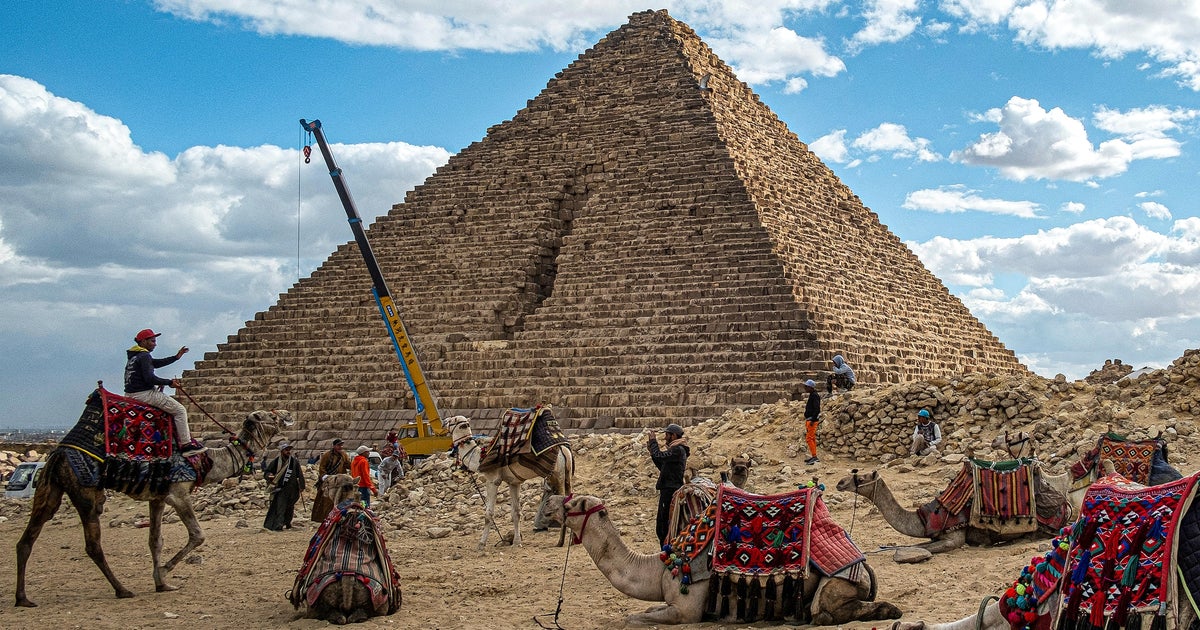Archaeologists working on the restoration of the smallest pyramid at Giza hold a momentous task that involves reconstructing the iconic structure to its original splendor. The Egyptian-Japanese archaeological mission spearheading this colossal endeavor seeks to meticulously reinstate the hundreds of granite blocks that once adorned the pyramid of King Menkaure, situated on the renowned Giza Necropolis. Dr. Mostafa Waziry, the Secretary-General of Egypt’s Supreme Council of Antiquities, has described this project as the “project of the century” and a gift from Egypt to the world in the 21st century.
The Ambitious Restoration Project
The pyramid of King Menkaure, estimated to have been built around 2150 BC, stands as the only pyramid in Egypt known to have been constructed with an outer shell of granite blocks. While only the bottom five to eight rows of blocks remain intact, the original structure boasted 16 to 18 rows of these colossal granite pieces enveloping its sides. The mysterious circumstances surrounding the displacement of these blocks, believed by some to have occurred around 800 years ago, have left them scattered, buried, or partially submerged around the pyramid’s base.
The meticulous plan involves carefully unearthing and reinstating the displaced blocks, with the archaeological team hopeful of uncovering additional valuable antiquities concealed around or beneath the blocks during this process. However, this ambitious initiative has sparked concerns among some archaeologists, with apprehensions expressed as the excavation commenced.
Differing Perspectives and Mitigating Measures
Dr. Mohamed Abd El-Maqsoud, a former Director of the Egyptian Antiquities Sector and a prominent figure in Egypt’s antiquities ministry, highlighted the necessity of conducting a comprehensive study of the granite blocks before their reinstallation. He emphasized the importance of verifying their original association with the pyramid, indicating that certain blocks might have served a different purpose, such as being part of the massive construction ramp. Furthermore, he observed that some blocks appeared to lack the expected polish indicative of an external component, suggesting their alternative usage within the pyramid’s construction process.
Addressing such concerns, Dr. Waziry assured that the project is in its initial phase of studying, documenting, and classifying the blocks, with the results slated for review by an international committee. He emphasized the adoption of modern methods, including photogrammetry and laser scanning, to thoroughly analyze the granite blocks before their repositioning. This meticulous approach, coupled with the planned three-year timeline for the project, underscores the commitment to precision and adherence to archaeological best practices.
Conclusion
The restoration of the smallest pyramid at Giza represents a monumental undertaking that intertwines historical preservation, meticulous craftsmanship, and modern technological advancements. As the archaeological mission at Giza unfolds, it symbolizes a resolute dedication to resurrecting the ancient marvels of Egypt for global admiration, thereby ensuring that the legacy of the pharaohs endures through the annals of time.


